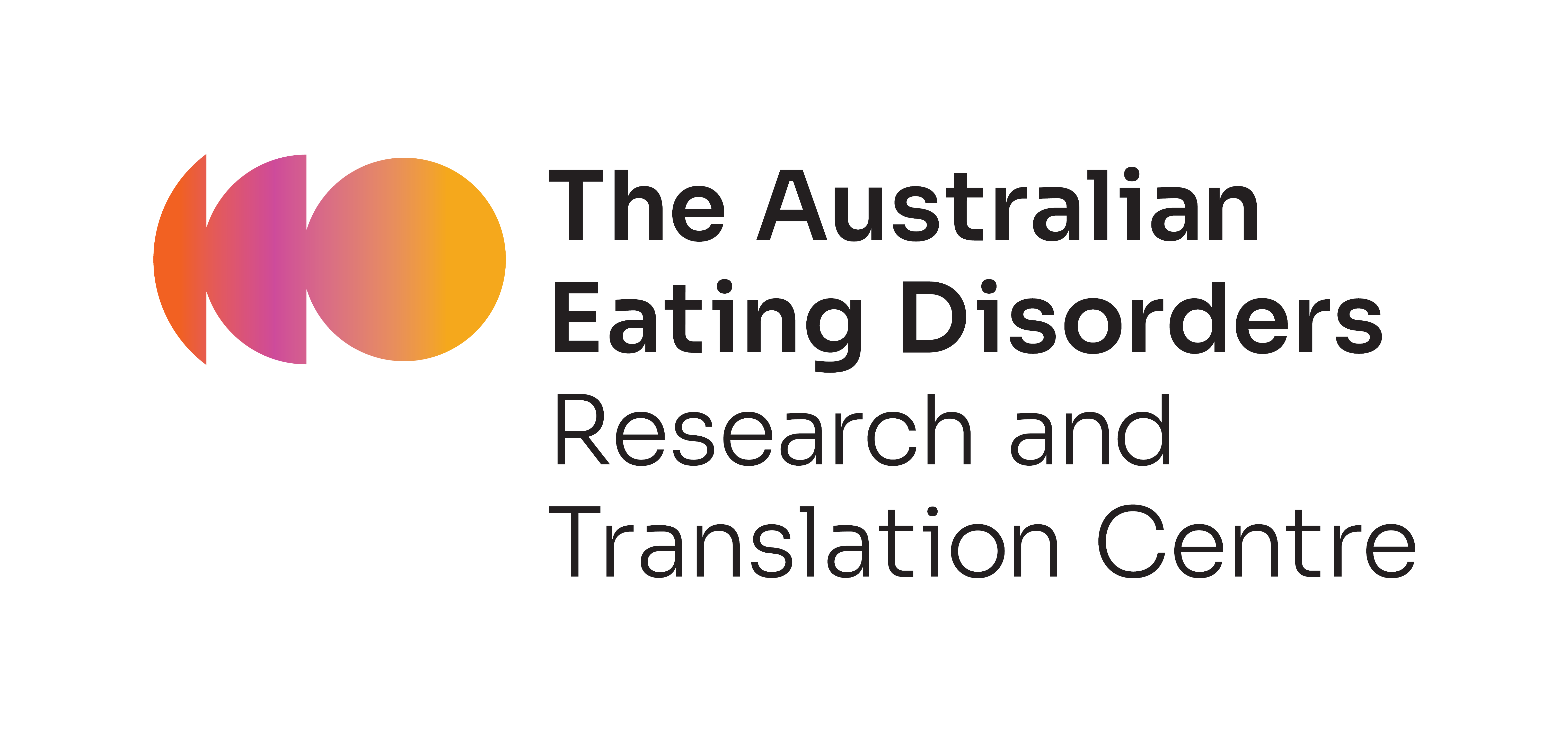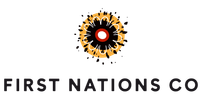What are the positive and negative impacts of current treatment – how can we reduce the negative impact and increase the positive?
Establishing a representative advisory committee, a consumer, carer, clinician and researcher representative. The role of the Co-Design Advisory Committee was to monitor the process, provide plain language recommendations, participate in developing each element od the process and observe the workshop. From there:
These questions were coded into topic areas, they wwere categorised, merged, summarised and checked against existing research evidence to ensure that they had not already been answered by the existing knowledge base.
59 Questions were then taken to a national online survey, approved by the Sydney Local Health District Human Research & Ethics Committee, which established an interim priority list. 160 consumers, 79 carers, 140 clinicians and 52 researches respond to the survey, selecting their own ‘Top 10’.
The JLA consultant reviewed the survey responses and the top 16 questions were reviewed during a 2x workshop series, where equal numbers of consumers, carers, clinicians and researchers came to a consensus around the current priority areas for research and translations.
The ‘Top 10’ were then ‘translated’ by researches and the research community into technical research questions.








